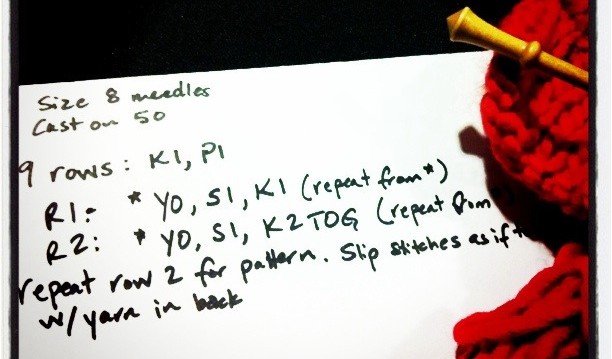“Thinking is like cosmic knitting,” Waldorf school founder Rudolph Steiner wrote nearly one hundred years ago. Steiner developed a comprehensive handwork curriculum for Waldorf students based on this idea, filled with knitting, sewing and woodworking, believing that “a person who is unskillful in his fingers will also be unskillful in his intellect, having less mobile ideas and thoughts.”
Today’s Waldorf students still knit socks and whittle kitchen spoons and many Waldorf schools shun the use of technology. Those two things -- handwork and technology -- might seem at first glance to be at odds. But there's a case to be made that handwork and computing -- and the kind of process that links the two -- are more closely related than one might think.
When electrical engineering professor Dr. Karen Shoop of Queen Mary University in London took her first knitting workshop, she noticed immediately that knitting is very similar to writing computer code. “I noticed that knitting instructions are largely binary (like computers) - in other words, knit or purl,” she said. “More interesting were the knitting instructions, which read just like regular expressions [of code], used for string matching and manipulation when coding.” Shoop also recognizes that the earliest stages of computing were inspired by handwork: “Of course, computers ultimately started off partially inspired by weaving and the Jacquard loom, or earlier Bouchon's loom. Arguably some of the earliest programmers were the people making the card/paper punch hole patterns for weaving patterns.”
[RELATED: How Thinking In 3D Can Improve Math and Science Skills]
Shoop explains that regular expressions are simple but powerful for both searching and simplifying code, and are used in both knitting and coding to read patterns. In the essay “Knitters and Coders: Separated at Birth?” she writes, “In knitting notation (assuming an even number of stitches) it looks like:


